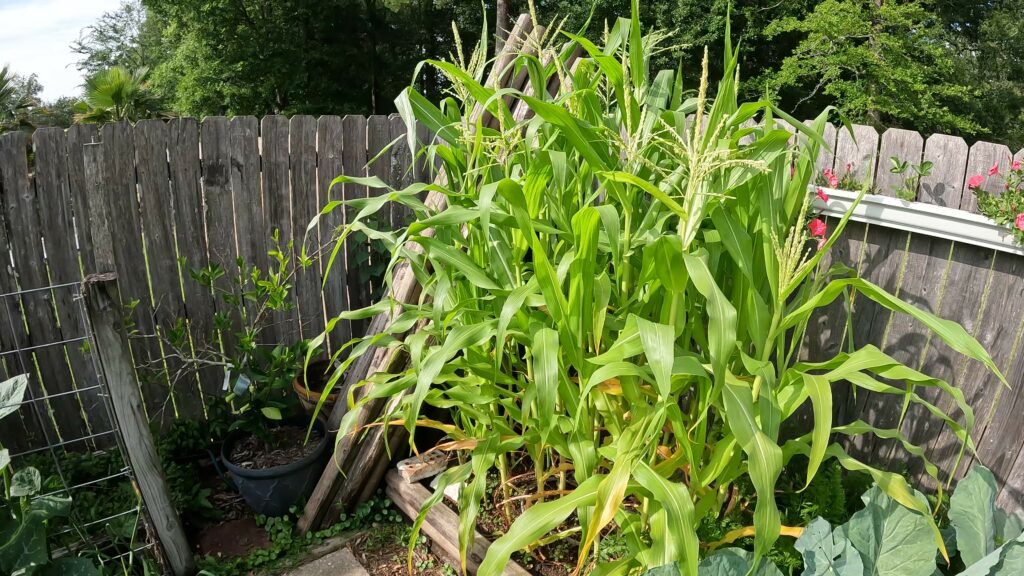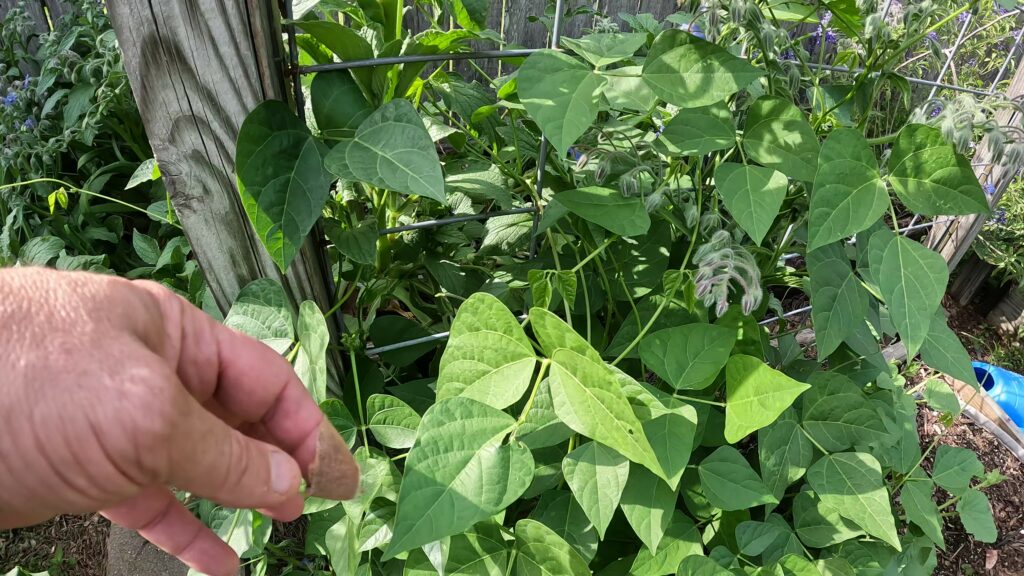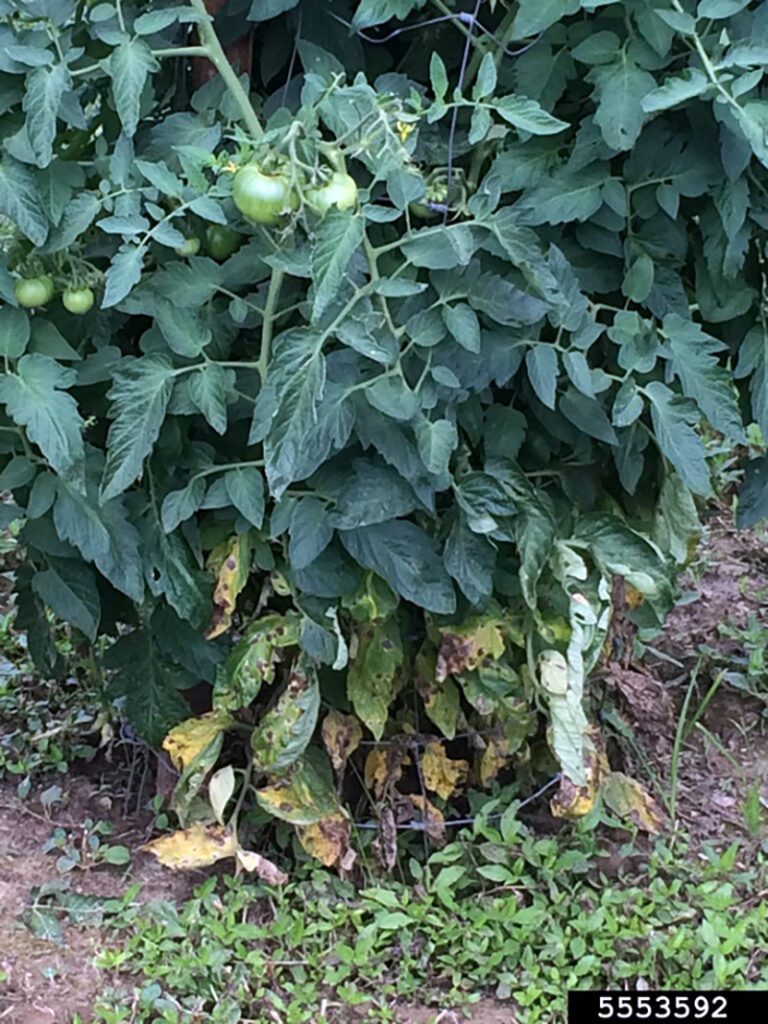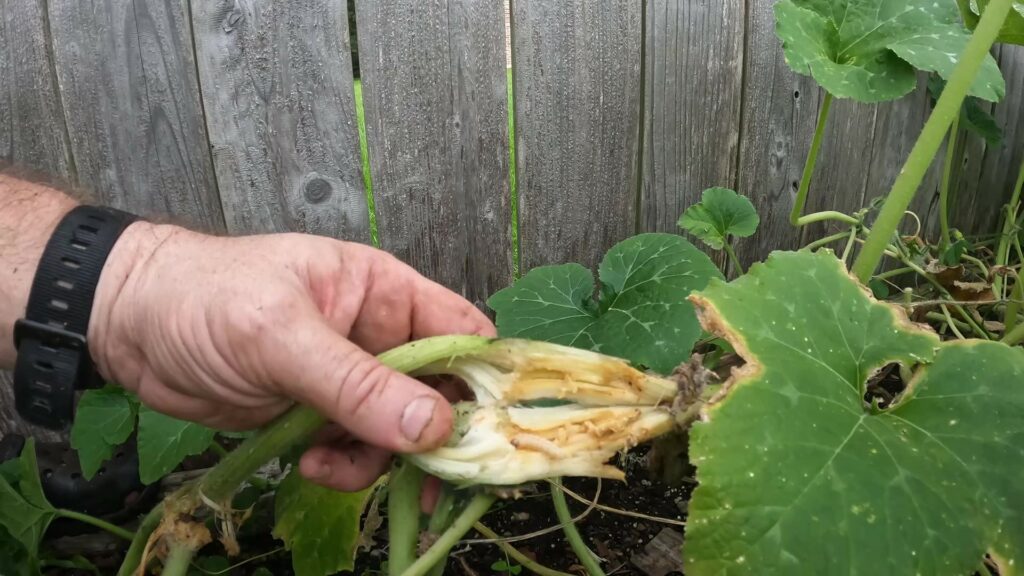Crop rotation is a gardening practice where you avoid planting the same crop in the same location in your garden for consecutive seasons. There are many benefits of practicing crop rotation season to season. The health of the soil, which leads to healthy plants, is something we must always think about.
Crop rotation provides a ton of benefits to help with improving soil health, and preventing the build-up of pests and disease, ultimately ensuring you have the best environment for a bountiful harvest. Additionally, different crops have dissimilar nutrients requirements and root structures. With that in mind, crop rotation can help to improve soil fertility, prevent soil erosion, and promote beneficial microbial activity in the soil, leading to healthier plants and a more bountiful harvest.
Crop Rotation Methods
There are several methods that gardeners can take with crop rotation. Some farmers and gardeners include simple rotation, while others use a bit more complex rotation of plants in their beds. The specific crop rotation system used will depend on the goals of the farmer or gardener, the available resources and garden space, along with the local climate and soil conditions.
Let’s look at crop rotation where a simple crop rotation method typically involves alternating two or three crops in a specific order, while complex rotation strategies may involve several crops over multiple years.
Simple Crop Rotation
For example, for simple crop rotations, some gardeners:
- Plant corn one year, followed by soybeans the next year, and then rotate back to corn the following year. When the corn harvest is finished, he might plant beans, since corn consumes a lot of nitrogen and beans return nitrogen to the soil.
- Plant wheat one year, followed by a cover crop of clover, and then rotate back to wheat. Clover is also in the legume family meaning it also fixes nitrogen.


Complex Crop Rotation
The complex crop rotation method, as an example, may involve:
- A four-year rotation plan that involves planting corn, followed by soybeans, then wheat, and finally, a cover crop of oats and radishes.
- A seven-year rotation plan that involves planting corn, followed by soybeans, then wheat, then barley, then alfalfa, then a cover crop of clover and rye, and finally, potatoes.
In general, simple crop rotation involves rotating between two crops, while complex crop rotation involves rotating between multiple crops over a longer period of time. The goal of both types of crop rotation is to improve soil health, increase yields, and reduce pests and diseases.
Benefits of Crop Rotation
Improve Soil Health:
Crop rotation does improve the overall health of your soil. Different plants have different nutritional needs. If we plant the same crop over and over in the same location, it will deplete that soil of those specific nutrients needed. Crop rotation helps by balancing the nutrient demands by the crop from the soil.
It’s also important to remember that certain crops, such as legumes, can fix nitrogen in the soil, while others can be heavy feeders of certain nutrients. In the example provided above, you may note that soybean is a go to after a heavy feeder since it can restore nitrogen that has been depleted from the soil. By rotating crops, you can help to maintain the soil’s nutrient levels, which can lead to healthier and more productive plants.
Reduce Soil-borne Diseases:
Soil-borne diseases, from bacterial and fungal spores, are a topic of concern for most gardeners. Crop rotation can help to reduce the incidence of soil-borne diseases by breaking the cycle of plant-specific pathogens. If we plant a tomato, and it develops early or late blight, and we then replant a tomato in that same location next season, it’s safe to say that that plant will likely get diseased as well. By rotating crops, you can reduce the buildup of diseases in the soil, which can lead to healthier plants and better yields.

Control Pests:
Crop rotation can help to control pests by disrupting their life cycles. Bad bugs, such as root-knot nematodes, can build up in the soil over time, making it difficult to grow certain crops.
Squash and Squash Vine Borers are another example. The borer, once it’s fed off the squash plant, buries itself underground ready to pop back up next year. If we plant the squash in the same location, the squash vine borer moth is going to pop right back up on its favorite plant.

By rotating crops, you can help control and manage the pest populations and prevent them from becoming so established in the soil. Pests in the garden are inevitable but we don’t want to give them any help in getting established and making our crop’s life miserable.
Reduce Soil Erosion:
Crop rotation can help to reduce soil erosion by improving soil structure and increasing organic matter in the soil. Different crops have different root systems, which can help to break up compacted soil and improve water retention. Root systems go a long way in helping to reduce soil erosion.
Increase Biodiversity:
Crop rotation may increase biodiversity by creating a diverse collection of crops in your garden. This can attract beneficial insects, such as pollinators and predators of pests, which can help to improve overall ecosystem health.
Final Thoughts
Crop rotation can provide numerous benefits for your backyard organic raised bed garden. There may be times, especially for a single 4 x 5 raised bed, where you will grow the same plant from season to season. The intent is to minimize how often that is done to ensure the garden can give you a more bountiful harvest.

Leave a Reply